Rutledge Minnix Camellia Japonica – 3 Gallon Pot
$78.53 Original price was: $78.53.$54.97Current price is: $54.97.
SKU: D2LSC 0756409996 Category: Camellias
- Get the Best for Less
- No-Questions-Asked Returns
- Effortless Shopping, Quality Products
- 7 days free returns

Rutledge Minnix Camellia Japonica
Camellia japonica ‘Rutledge Minnix’
Plant Details
USDA Plant Hardiness Zones: 7a-9b Find Your Zone
Plant Type: Evergreen Flowering Shrub
Species: Japonica (Winter, Spring blooming)
Height at Maturity: 6-8′
Width at Maturity: 6-8′
Spacing: 5-6′ for solid hedges; 12’+ for space between
Spacing: 5-6′ for solid hedges; 12’+ for space between
Flower Color: bright Red
Flower Size: Large, 4″
Flowering Period: Late Winter, Early Spring
Flower Type: Formal Double
Fragrant Flowers: No
Foliage Color: Dark Green
Fragrant Foliage: No
Berries: No
Berry Color: NA
Sun Needs: Morning Sun with Afternoon Shade or Filtered Sun, All Day Filtered Sun
Water Needs: Average, Lower when established
Soil Type: Clay (amended), Loam, Sand (amended), Silt
Soil Moisture / Drainage: Well Drained Moist
Soil pH: 5.0 – 6.5 (Acid)
Maintenance / Care: Low
Attracts: Visual Attention
Resistances: Deer – more info, Drought (when established), Heat, Humidity
Intolerances: Direct Afternoon Sun, Constantly Soggy Soil
Description
Introduced by Minnix Nursery in Columbia, Georgia, Rutledge Minnix Camellia is rare, hard-to-find selection prized for the abundance of large, brilliant bright red flowers it produces over a very long period from during winter into spring. Deep green foliage on upright rounded plants is an excellent backdrop to the bright flowers. A fine accent in the garden!
Landscape & Garden Uses
Growing 8 to 10 feet tall and 6 to 18 feet wide depending on pruning, the Rutledge Minnix Camellia can be grown as a shrub or small tree. As a shrub it is ideal for use as a specimen, in groupings, or as a hedge or background plant in landscape borders and is especially nice as a corner plant or espalier (trained to grow flat against a wall) in home foundation plantings. As this camellia grows taller lower branches can be removed to form a very attractive small evergreen tree that serves well as a colorful focal point specimen in landscape borders and home foundation plantings. A fine addition to pink color theme gardens, cottage gardens, cut flower gardens and woodland borders. Also suitable for containers that can be brought indoors during winter by those who garden above USDA Zone 7a, where this camellia variety is not reliably winter hardy. Find Your Zone
Suggested Spacing: 5 to 6 feet apart for solid hedge; 12 feet or more apart for space between plants
Note: For our customers who live and garden north of USDA Plant Hardiness Zone 7a, where this Camellia variety is not reliably winter hardy, you’ll be happy to know it can be grown in containers that can be brought indoors during winter and placed back outside when temperatures warm up in spring.
Growing Preferences
Camellia adapt well to various soil types however prefer a moist but well-drained acidic soil that is rich in organic matter. Constantly soggy soil is a slow killer. In general, Camellia grows and blooms better in partial shade with some shelter from the hot afternoon sun. Morning sun with afternoon shade or filtered sunlight is perfect. All-day filtered sun is fine.
Helpful Articles
Click on ta link below to find helpful advice from our experts on how to plant and care for Camellias.
- Planting Camellias
- Pruning Camellias
- How To Fertilize & Water Camellias
- How To Espalier Plants & Trees
*Espalier (pronounced: ih-spal-yay) …an ornamental shrub or tree that has been trained to grow flat against a wall, fence, or other vertical, flat surface.
Plant Long & Prosper!
Meet The Wilson Brothers & Staff
Questions? Contact Us
I was happy to receive this beautiful plant sooner than expected and in great condition. It was secured very well in the cardboard box. It has since been transplanted into my garden and is very happy. Thank you, Wilson Bros, for such a beautiful Camellia plant.————————————-We are so glad you are pleased and we hope you enjoy it for years to come! Thanks for the great review! 🙂 Beth Steele | WBG
Be the first to review “Rutledge Minnix Camellia Japonica – 3 Gallon Pot” Cancel reply
Related products
Sale!
Sale!
Sale!
Sale!
Camellias
Sale!
Sale!
Camellias
Sale!
Sale!





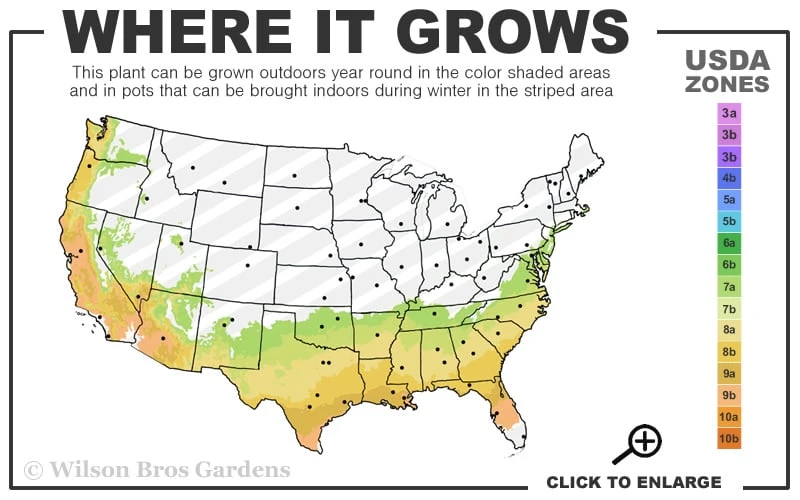


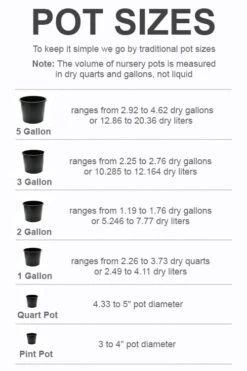


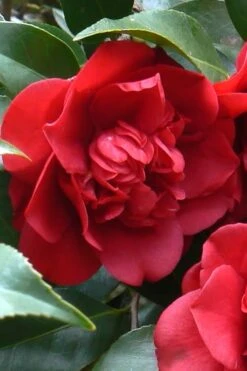
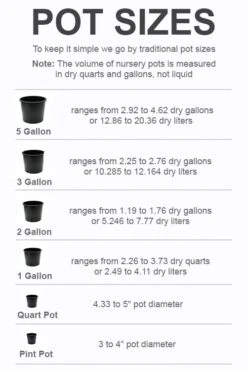


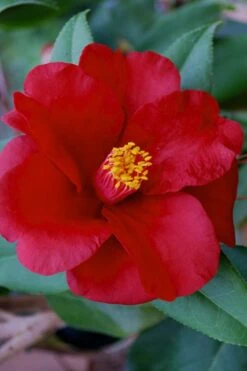
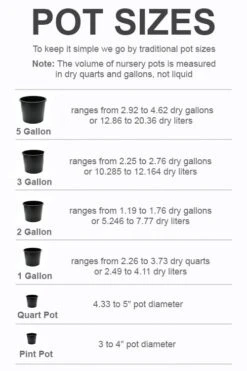

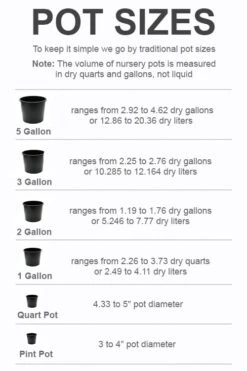
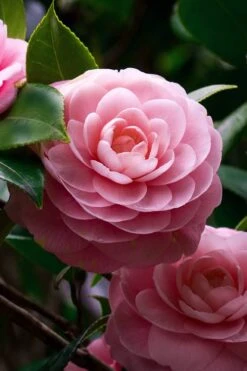
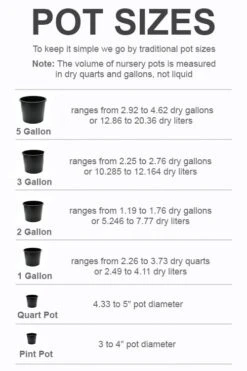
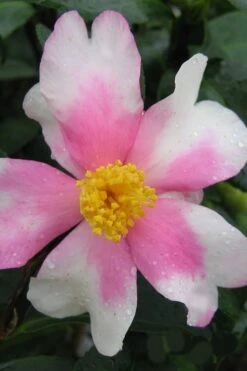


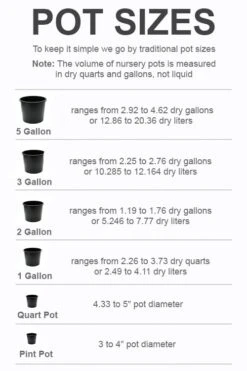

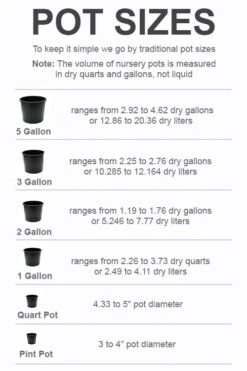
Reviews
There are no reviews yet.